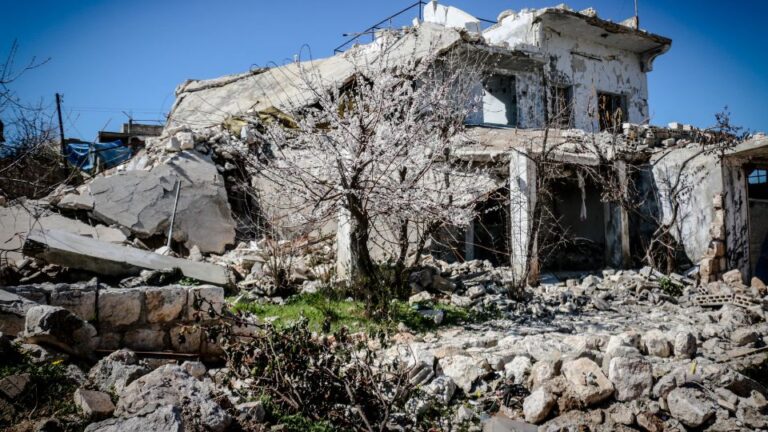Plusvalia: Do Home Renovations Count?
Home renovations do not reduce Spain’s “plusvalía municipal”: only the land value counts
Quick take: Spain’s Directorate-General for Tax (DGT) has clarified that home improvements and renovations don’t reduce the municipal capital gains tax (IIVTNU, known as “plusvalía municipal”). The tax is levied solely on the increase in the value of the land, not the building. Therefore, renovation costs cannot be added to the acquisition value of the land to lower this tax.
What exactly did the DGT say?
In a recent binding ruling (referenced as V0977-25), the DGT states that reform or improvement expenses do not increase the acquisition value of the land for IIVTNU purposes. Put simply: your works may boost the building’s value, but the plusvalía municipal only looks at the land’s value change between purchase and sale.
Practical implication: when calculating this municipal tax, the administration compares the acquisition vs transfer values of the land (taking the higher of the deeded value or the one verified by the tax authority) and excludes any expenses, taxes or investments made during ownership.
Legal framework (where this comes from)
IIVTNU (plusvalía municipal) is regulated in Articles 104–110 of Spain’s Recast Local Finance Law (TRLRHL).
Art. 104 defines the tax and confirms there is no taxation if no land value increase is proven.
Art. 107 sets the tax base rules, tying the calculation to the cadastral value of the land (valor catastral del suelo) at the time of the taxable event.
None of these provisions allow adding renovation costs to the land’s acquisition value.
Who is affected?
All urban land transfers: sales, donations, inheritances, swaps—provided the asset is urban for IBI purposes.
In inheritances, the land value used for IIVTNU aligns with the value declared (or verified) in the Inheritance & Gift Tax file.
Common client question
“I bought for €180,000 and later invested €80,000 in renovations. Can I add that €80,000 to my acquisition value for plusvalía?”
Answer: No. For IIVTNU, the renovation spend is ignored. The comparison is strictly between land acquisition value vs land transfer value, excluding works, expenses and taxes.

So… what can reduce or avoid plusvalía municipal?
While renovations won’t help, you still have legitimate avenues:
Prove no land value increase between acquisition and transfer dates (e.g., market evidence aligned with titles or verified values). If there’s no increase, there should be no IIVTNU.
Check cadastral data: ensure the land (not building) cadastral value used is correct. Wrong allocations can inflate the tax.
Review municipal options: some councils allow different calculation methods (objective vs. real increase) after the post-2021 reforms; choose whichever is more favorable in line with current ordinances. (We’ll assess this case by case.)
Contentious scenarios: If you recently paid under an interpretation later corrected by case law or a binding ruling, it may be possible to challenge or seek a refund subject to deadlines and the specific procedural posture. (Examples exist in recent case law and provincial rulings.)
SGM Abogados’ practical checklist before you sell
We separate land vs. building values and test both calculation routes allowed locally.
We audit the cadastral record for errors affecting the land component.
We compile evidence to support no-increase positions where viable.
We coordinate with the notary so the deed values and references are consistent with your tax position.
We plan the sequence if there are parallel taxes (IRPF/Non-Resident Income Tax, ITP/AJD, etc.) to avoid inconsistencies.
Key takeaways
Renovations do not reduce plusvalía municipal. Land value is king.
The legal basis sits in TRLRHL Arts. 104–110 and local ordinances.
The right strategy is technical: cadastral review, method selection, and—where applicable—proof of no land value increase.
Need help with a pending sale or inheritance?
SGM Abogados (Benijófar & San Javier) can review your file, simulate the municipal tax under both routes, and prepare a defensible position—before you sign.
Sources: Idealista/news coverage of DGT ruling V0977-25 (13 Oct 2025) and TRLRHL (Arts. 104–110, consolidated to 24 Jul 2025).











